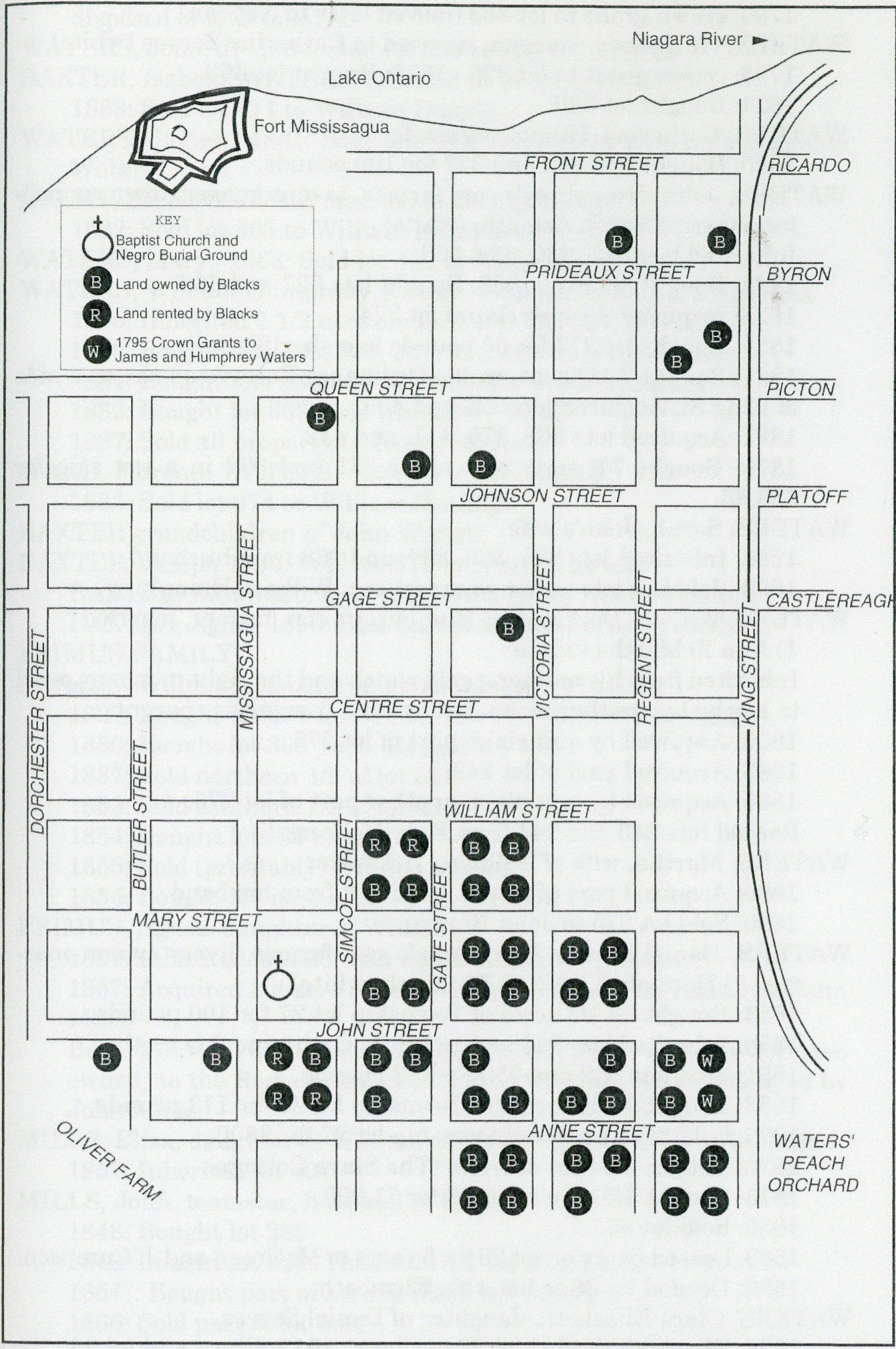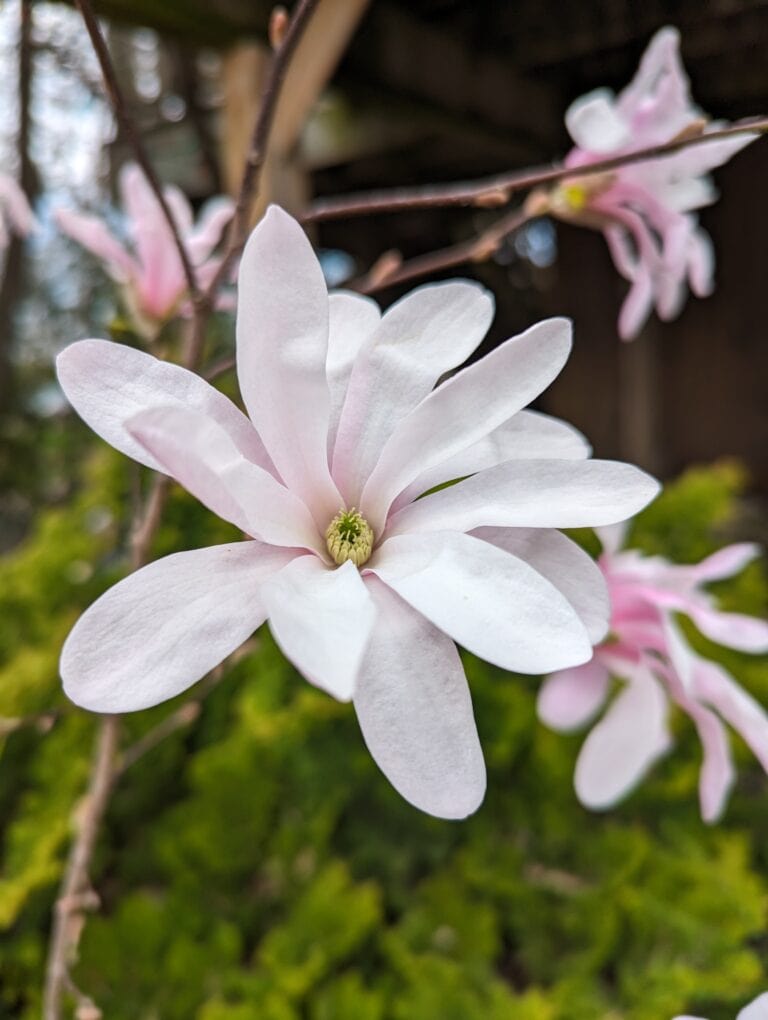A 17-year-old character named Jacob made the long, hard journey to Canada via the Underground Railroad.
Though Jacob is fictional, Niagara-on-the-Lake resident George Webber used him to tell the story of early Black settlers.
His presentation, “Free at Last — A Look Back at the Lives of Early Black Settlers,” was part of the Niagara-on-the-Lake Museum’s Black history programming for the month of February.
Through Jacob, Webber described to the virtual audience what it would have been like for enslaved people to cross the Underground Railroad into Canada in the late 1700s.
“The Underground Railroad was a secret network of people, places and routes that helped enslaved peoples go from the American south to the north looking for freedom,” said Webber.
Jacob met real people who shaped Niagara-on-the-Lake’s history.
People like John Morrison, who was the head waiter at the Cataract House in Niagara Falls, N.Y.
Morrison, with the help of hotel staff, helped freedom seekers cross into Canada.
Many took the risk because on July 9, 1793, an act was passed in Upper Canada prohibiting the further introduction of slaves. Any slaves entering Canada would be free.
This act was passed because what happened to Chloe Cooley, an enslaved Black woman in Queenston.
She resisted her enslaver, Adam Vrooman, whenever she could. She was violently kidnapped and taken across the river to the United States to be sold.
“She was never heard from again,” said Webber.
Her resistance and screams led to the first legislation limiting slavery.
When Jacob made it to Canada, he was taken to what was known in Niagara-on-the-Lake as the “Coloured Village.”
“It was bounded by Mississagua Street and Butler Street, between John and Anne Street,” said Webber.
Freed slaves in Canada owned or rented many properties in the Coloured Village.
Jacob met Humphrey and Catherine Waters and their four children, whom Webber described as “one of the most successful Black families of the era.”
He also met Elizabeth and Winnifred Wesley, who lived on what is known today as the Niagara Baptist Church Burial Ground.
Also, William and Susannah Steward, who came to NOTL in 1834 and owned the Steward Homestead, which still stands on the corner of Butler and John Streets.
And he met Richard Pierpoint, who petitioned for the creation of the Coloured Corps and fought in the Battle of Queenston Heights and the War of 1812.
Jacob was still worried. Niagara-on-the-Lake was close to the U.S. border.
He remembered what happened to Cooley and his friend Soloman Moseby, a slave who stole his enslaver’s horse and escaped to Canada from Kentucky. His enslaver showed up with an arrest warrant.
Many Black and white community supporters stood by Moseby. A riot broke out. In the end, he fled to Montreal and then to England but later returned to Niagara.
According to the Ontario Heritage Trust, “This incident helped to establish Canadian extradition and refugee policies that are still used today.”
Webber explained what life was like in NOTL for escaped slaves.
“Work was plentiful, but it was hard work,” he said.
Residents could get land grants if they stayed loyal to the British Empire and local governments. Freed slaves could buy and sell property, build homes, marry outside of their race and be elected to town council.
However, some places were not safe and travelling at night wasn’t advised.
Webber noted, many unknown white faces could be a threat. Blacks were constantly reminded to be grateful and about 30 per cent of the Black population was illiterate.
Slavery was abolished in the U.S. in 1865 and some who had escaped returned to America, but some stayed. Many remained scared.
At the end of Webber’s story, Jacob left Niagara-on-the-Lake and moved farther away from the border, to Hamilton and started his own family.
Webber has been involved in the Voices of Freedom Park on Regent Street and in preserving the Niagara Baptist Church Burial Ground.
The NOTL Museum has a new virtual lecture every Wednesday from 11 a.m. to noon.
To register, go to Notlmuseum.ca.












